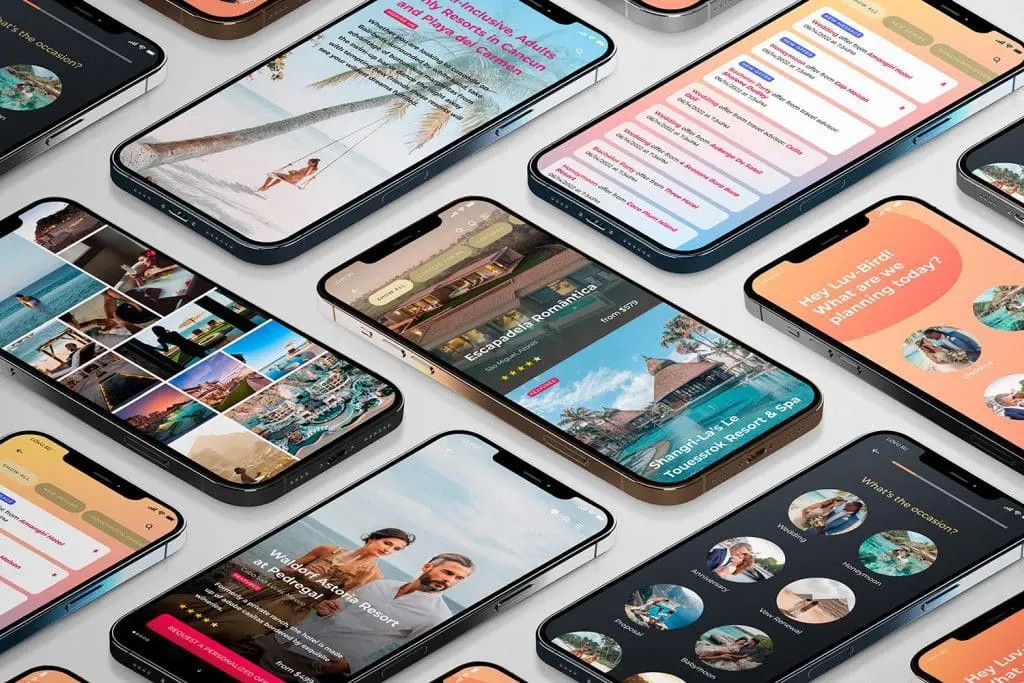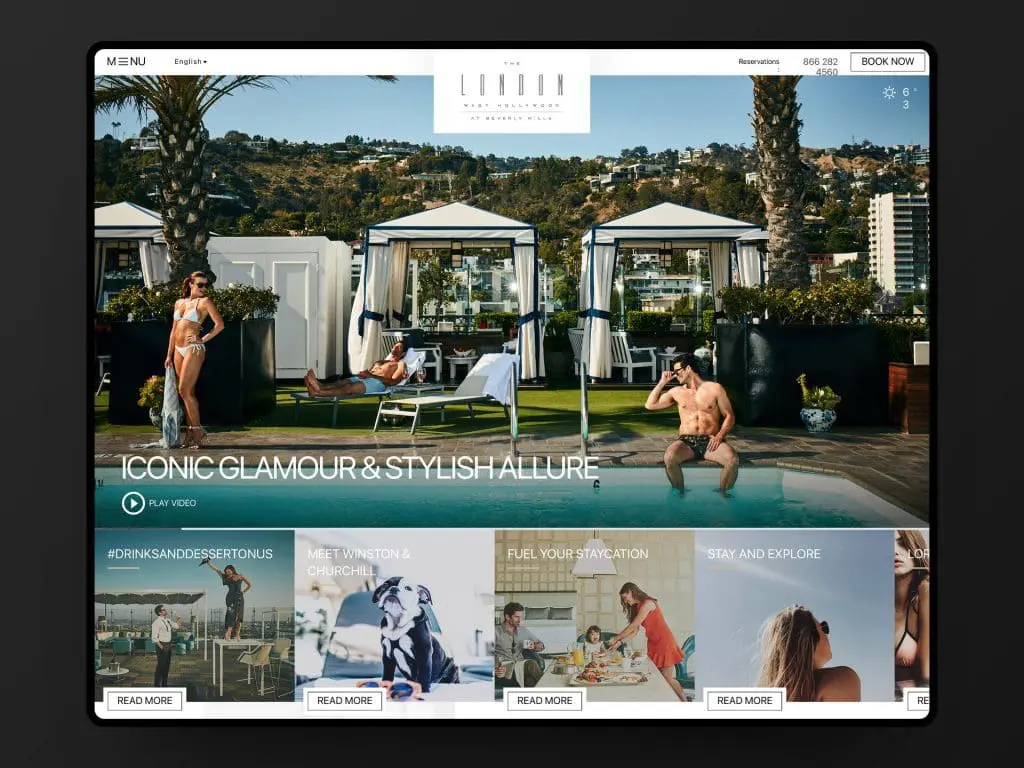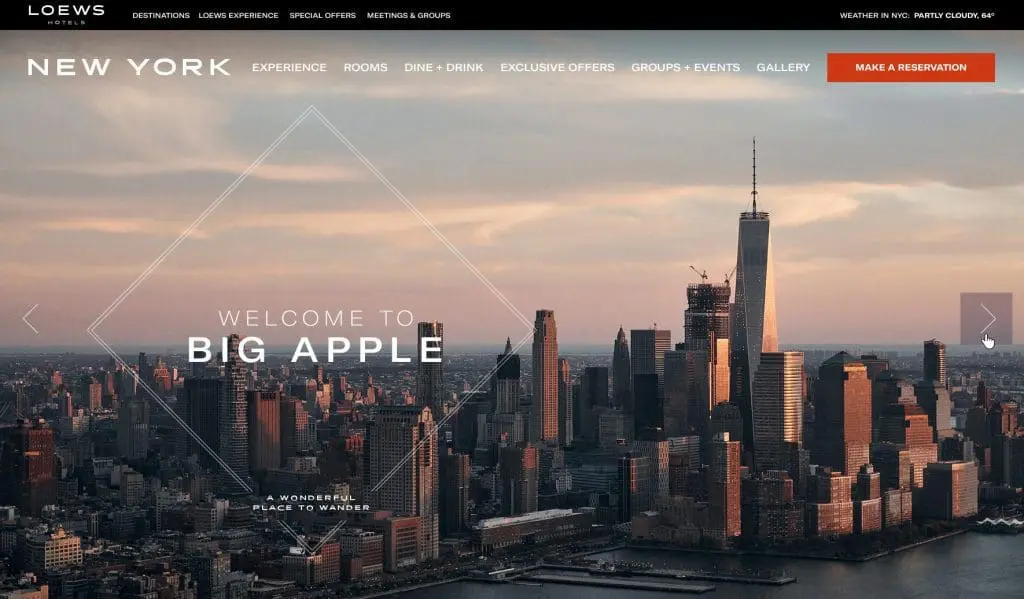A Guide to Optimizing for Leisure and Business Travelers
Only 22% of visitors to travel websites make a booking. That leaves 78% who had a different intent, and this gap represents a massive opportunity—or a failure to meet user expectations. For travel businesses, understanding the underlying intent of each user is crucial. How leisure and business travelers interact with websites differs significantly, and failing to recognize this can result in lost conversions. Today, we'll explore how travel websites can be optimized to cater to these distinct user intents.

Understanding User Intent in Travel Websites
User intent in travel websites is about what users hope to achieve when visiting your site. It goes beyond just "book a trip" or "find a hotel"; it encompasses everything from early-stage dreaming to the final stages of booking and even post-trip reviews. Aligning your website with user intent means creating a tailored experience that guides each visitor through their unique journey.
Broadly, user intent in travel falls into three categories: inspiration, research, and booking. In the inspiration phase, users dream about possibilities; during research, they compare options and narrow down choices; and in the booking phase, they're ready to commit. Understanding where your users are in this journey and what they're looking for is essential for creating a practical user experience.
The journey doesn't end at booking, though. Post-trip interactions like reviews and loyalty programs are also critical. The user's intent varies significantly depending on their phase in the customer journey, and your website needs to reflect that dynamic.
Leisure Travelers vs. Business Travelers: Key Differences
Leisure and business travelers have fundamentally different motivations and goals. Leisure travelers are looking to escape, experience, and explore. They're driven by emotions, the allure of the destination, and often, recommendations from friends or online communities. Their planning process can be whimsical, with visits to multiple sites and frequent changes in preferences. Visual content, flexibility in options, and ease of comparison are vital drivers for this group.
On the other hand, business travelers are on a mission. Their objective is efficiency and productivity. They need quick answers, reliable information, and, often, adherence to company policies. Business travelers typically book through preferred vendors, have specific budget constraints, and are likelier to participate in loyalty programs. Their decision-making is less about the destination and more about the convenience and reliability of the travel arrangements.
For leisure travelers, the website experience should be about storytelling, visual appeal, and ease of exploration. Business travelers, meanwhile, need a streamlined experience—fast booking, transparent policies, and integrated tools like expense tracking and itinerary management. These differing needs necessitate fundamentally different design approaches.
Leisure Traveler Intent

Leisure travelers begin their journey in what is often called the "dreaming" phase. They're looking for inspiration, whether it's a tropical beach or a cultural city break. They may not have a clear destination and will likely be influenced by visually rich content, user reviews, and social proof. Your website should act as a gateway to endless possibilities for these travelers.
Inspirational content is crucial here—think high-quality imagery, engaging stories, and user-generated content. Flexibility in search options, such as searching by experience rather than destination, can also help. Tools like interactive maps, comparison features, and itineraries can guide them from the dreaming phase into the planning phase, ultimately leading to booking.
Business Traveler Intent

For business travelers, the focus is on efficiency. They must book quickly, comply with company policies, and ensure smooth and productive travel. Time is their most valuable resource, and your website needs to respect that.
Features like a streamlined booking process, straightforward policy compliance tools, and robust itinerary management are essential. Loyalty programs and preferred vendor relationships can also significantly influence business traveler decisions. Integrating tools that allow for easy expense tracking and management can further enhance the experience, turning a good trip into a great one.
Designing for User Intent: Best Practices
Designing a travel website with user intent means knowing your audience first and foremost. User research and persona development are foundational steps. Once you know your users and what they want to achieve, you can design user flows that cater to their needs.
Creating user flows that align with different intents means mapping out every stage of the journey. For leisure travelers, the journey starts with inspiration and ends with sharing their experiences. For business travelers, it's all about getting from point A to point B with minimal fuss. Personalization is critical—whether through dynamic content that adjusts to user behavior or AI-driven recommendations based on past interactions.
Optimizing for Leisure Travelers
Your website should be a playground of possibilities for leisure travelers. Create inspirational content that showcases diverse experiences. Virtual tours, interactive maps, and user-generated content can make the experience immersive. Flexible search options and comparison tools are critical. Mobile optimization is non-negotiable, as leisure travelers often browse on the go.
At SUUR, we understand the nuances of designing for leisure travelers. Our UI/UX design expertise helps create compelling, user-friendly experiences that inspire and convert.
Optimizing for Business Travelers
Business travelers want speed and efficiency. Streamline the booking process by minimizing the number of steps required. Integrate policy compliance and expense management features directly into the booking flow. Loyalty program integration and personalized recommendations based on company preferences can further enhance the experience.
SUUR's design solutions are tailored to improve efficiency and satisfaction for business travelers, ensuring that their experience is as smooth as possible from booking to boarding.
Measuring and Improving User Intent Alignment
To measure how well your website aligns with user intent, look at key metrics like conversion rates, time on site, and bounce rates. A/B testing is invaluable for optimizing specific elements like call-to-actions or navigation. User feedback through surveys or direct interviews can provide qualitative insights that numbers alone can't.
Using analytics tools to track user behavior, heatmaps, and session recordings can identify where users are getting stuck or dropping off. Continuous optimization is critical; your website should evolve as user behaviors and expectations evolve.
Conclusion
Understanding and designing for user intent on travel websites can drastically improve user satisfaction and business outcomes. Whether catering to leisure or business travelers, aligning your website with their intent is the key to unlocking higher conversions and happier customers. Assess your website for alignment today, and consider how SUUR's expertise in intent-driven design can help elevate your travel website experience.
Use analytics tools to track user behavior, segment visitors based on their actions, and gather feedback through surveys and direct interactions to understand their motivations.
Overlooking the importance of mobile optimization, ignoring the different needs of leisure and business travelers, and providing a one-size-fits-all user experience are common pitfalls.
Regularly. At least quarterly reviews and updates based on user feedback and behavioral data are recommended.
Yes, but it requires a clear segmentation strategy, personalized user flows, and tailored content for each audience.
Mobile users often have more immediate needs and may be looking for quick information or bookings, while desktop users may be in the research phase.
AI can provide personalized recommendations, dynamic content adjustments, and predictive analytics to better meet user needs in real time.
Track metrics like conversion rates, average booking value, and customer satisfaction before and after implementing changes. The improvement in these metrics can be linked to ROI.